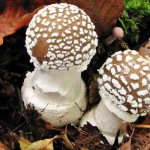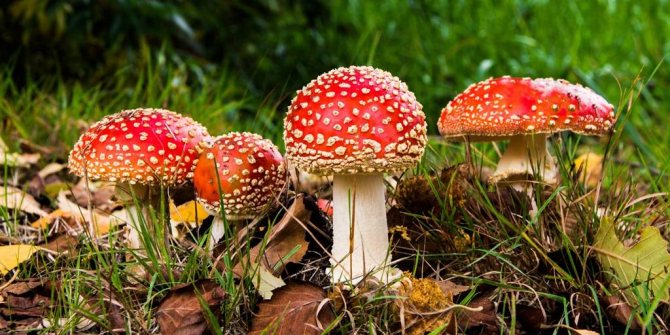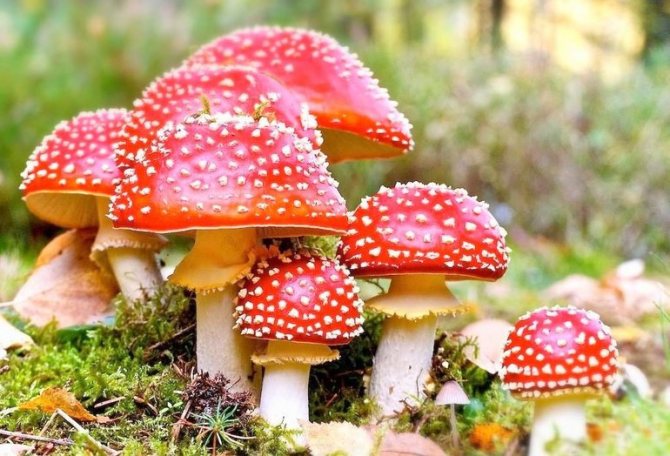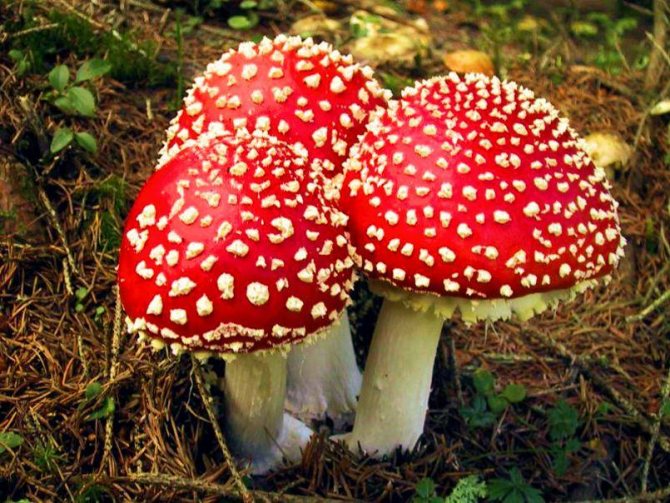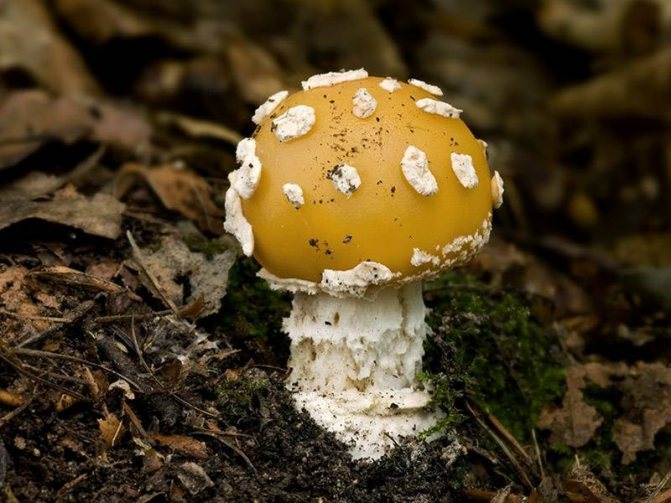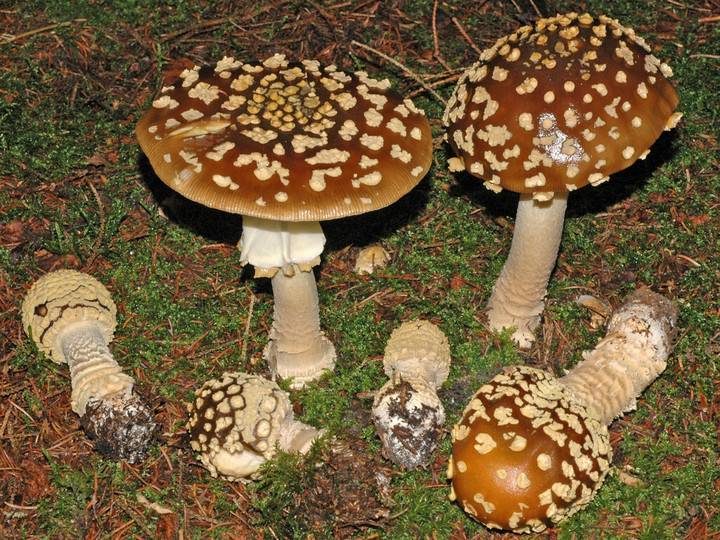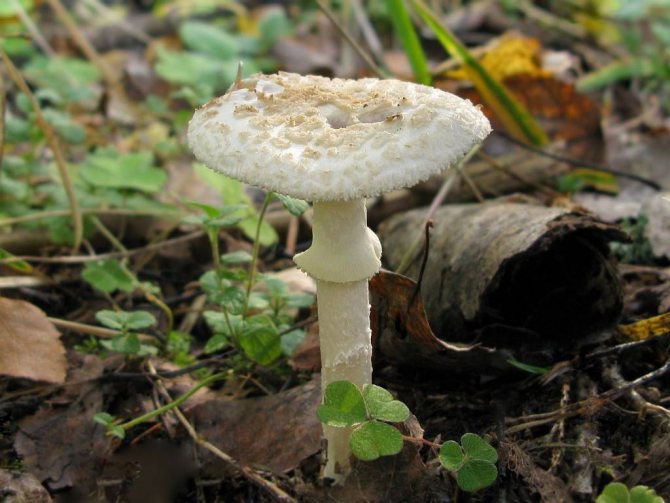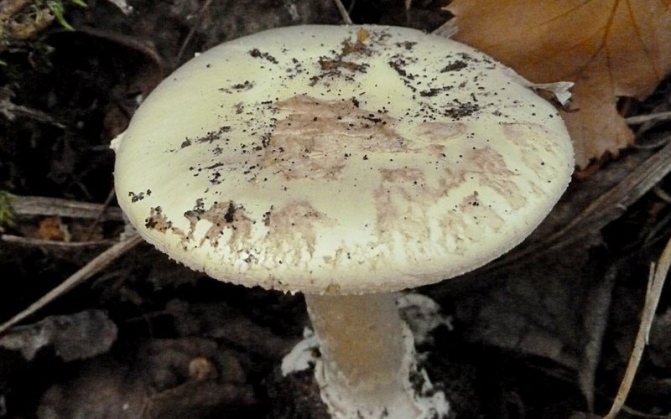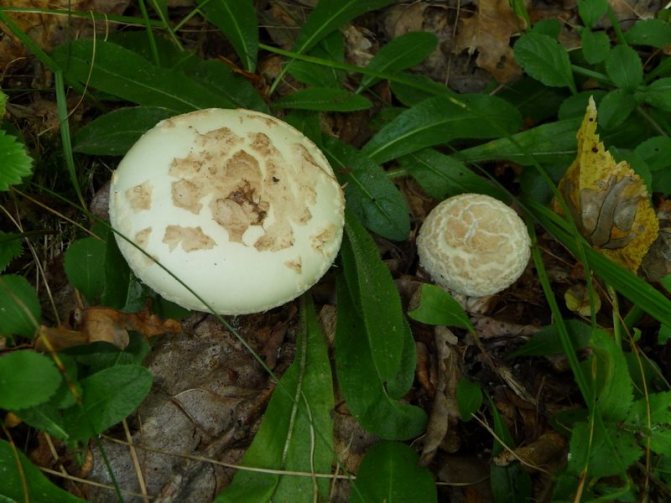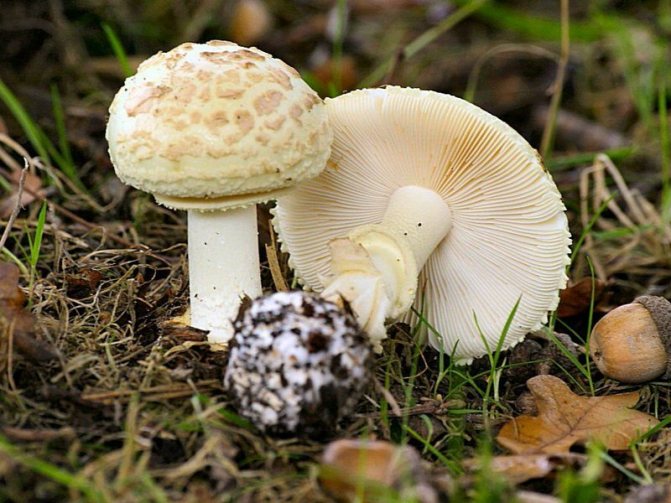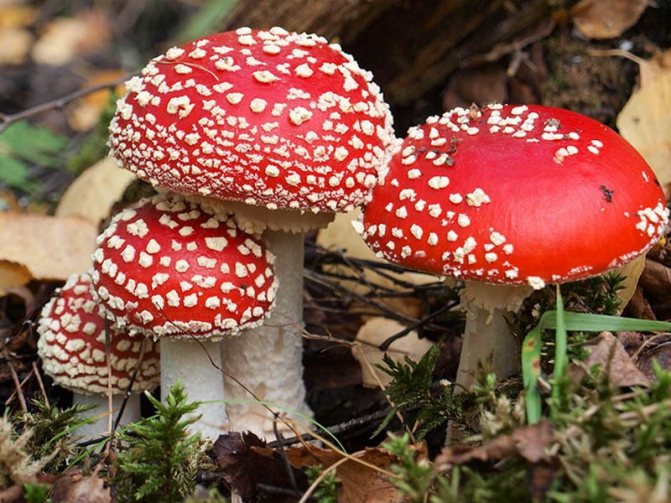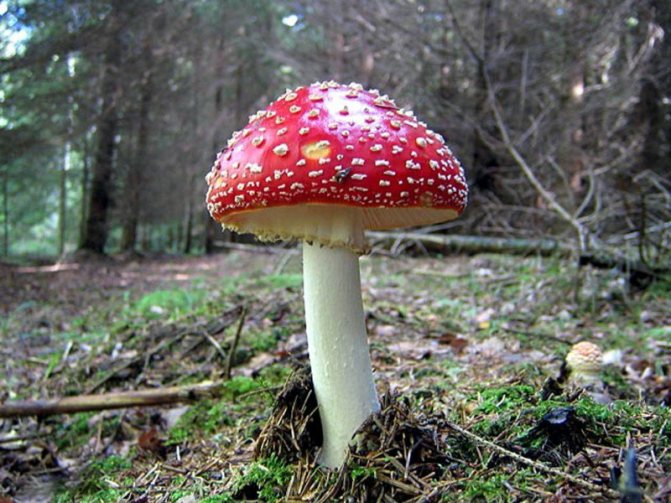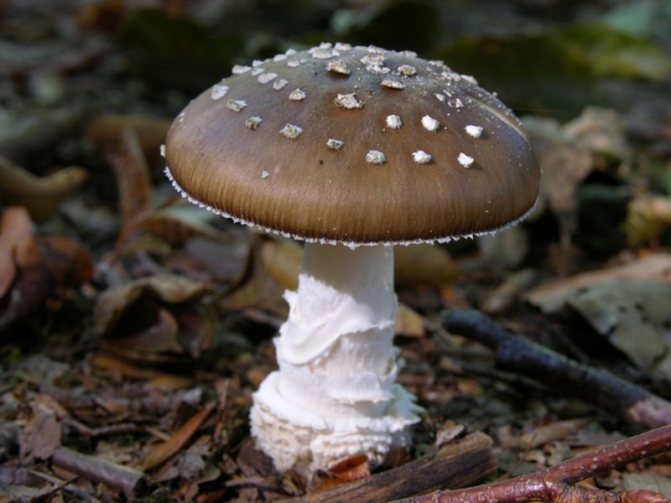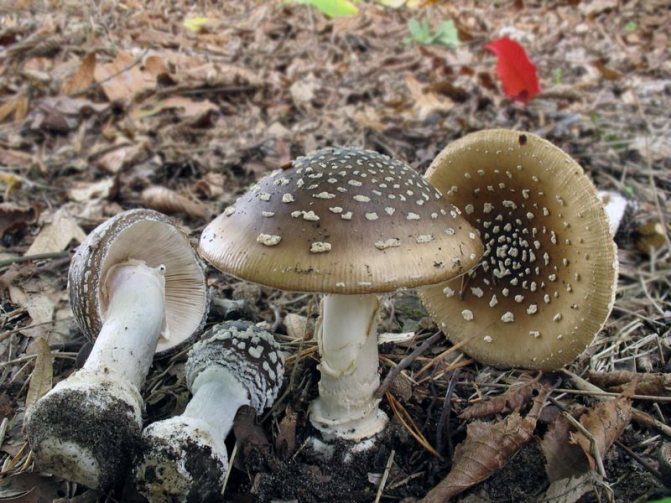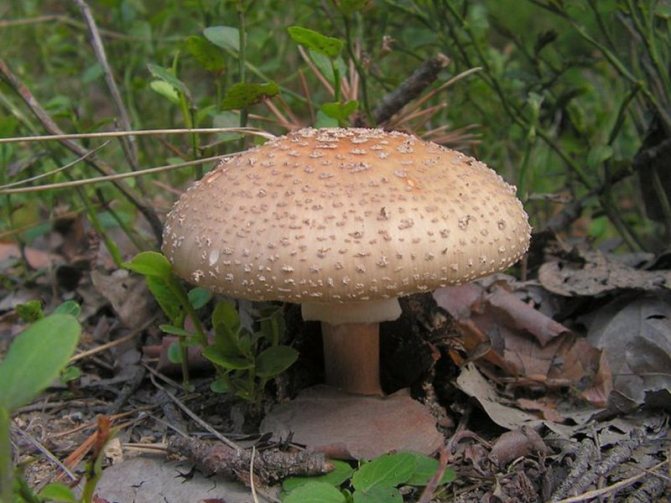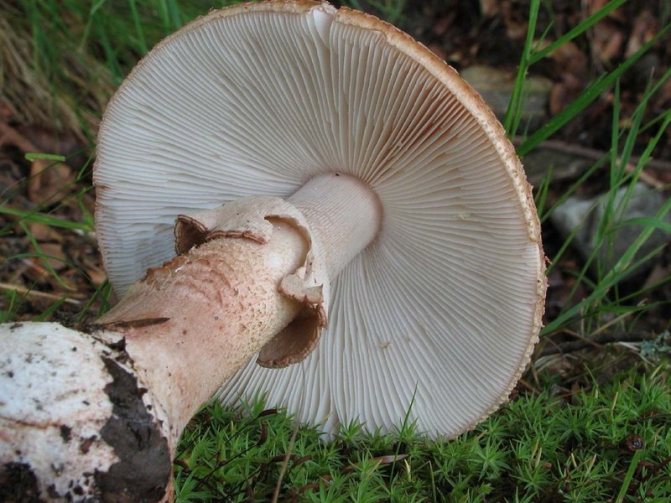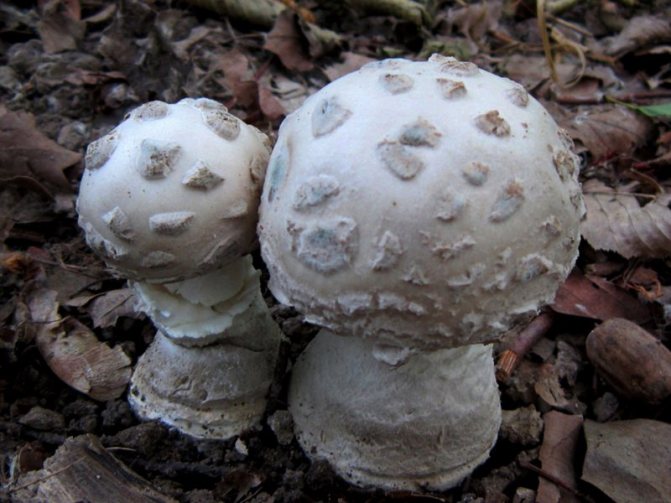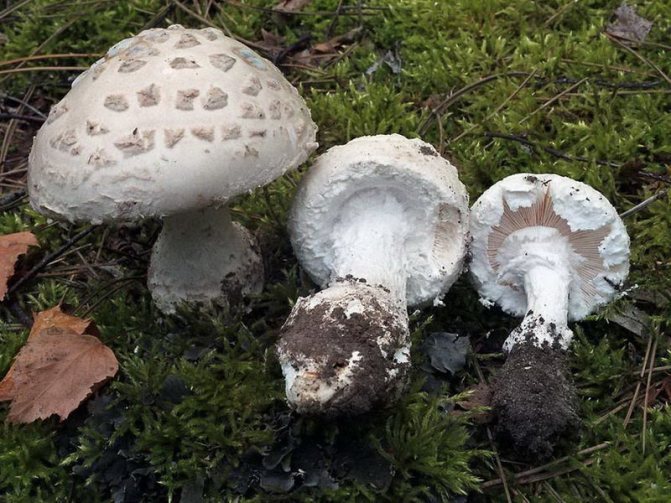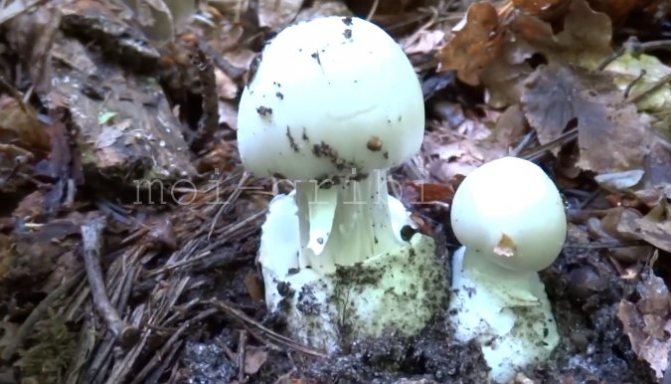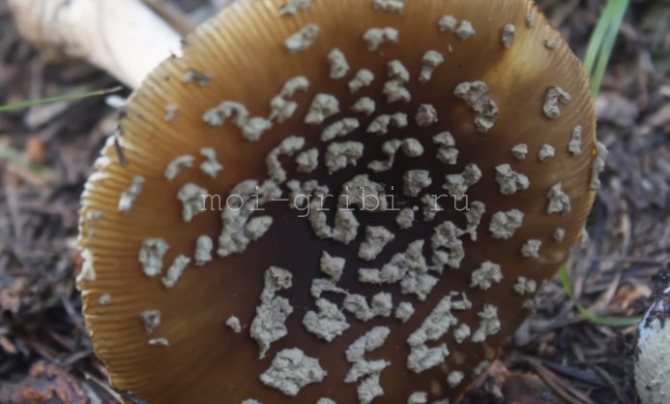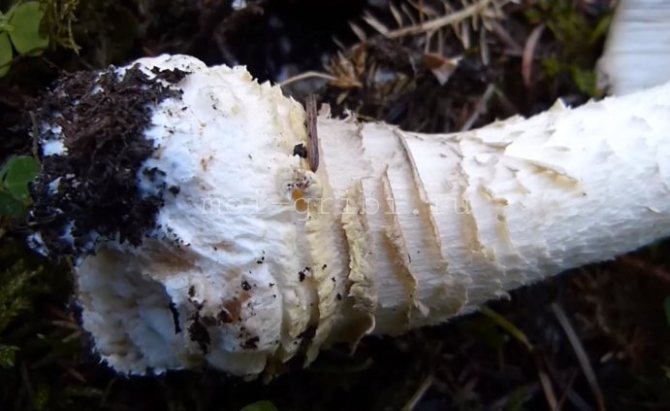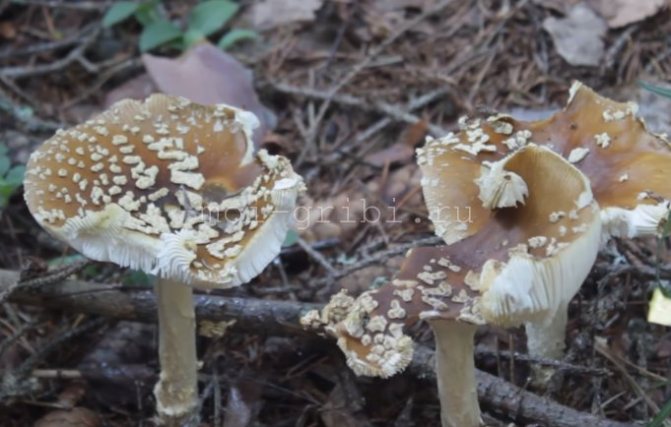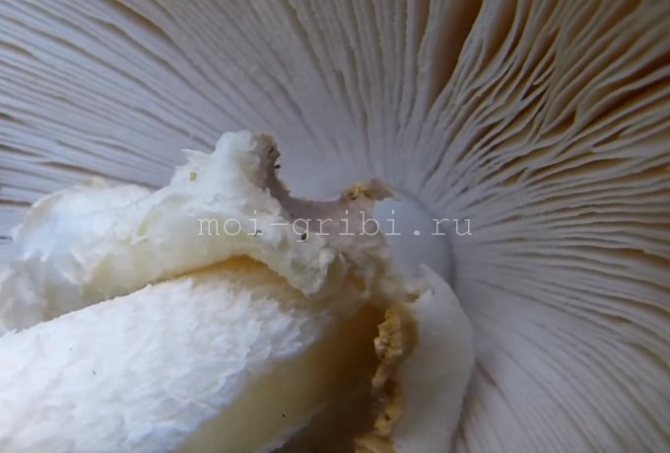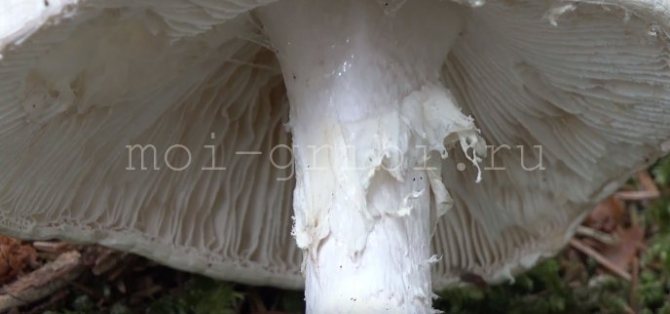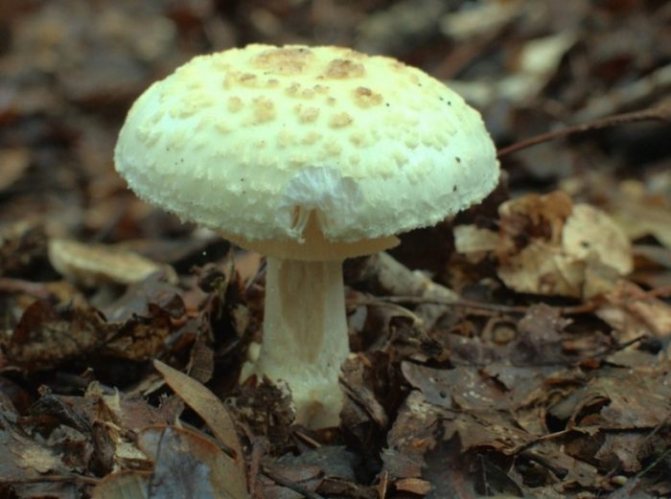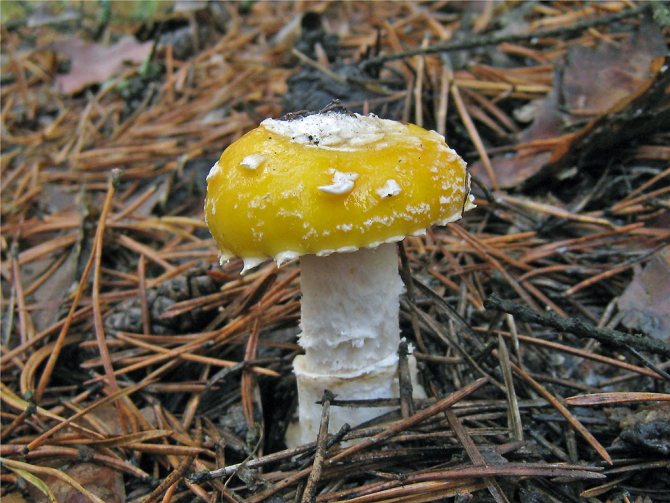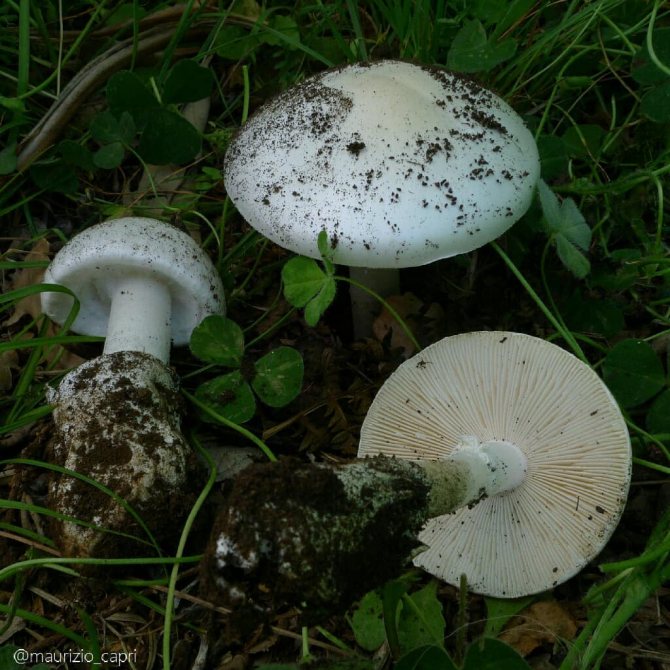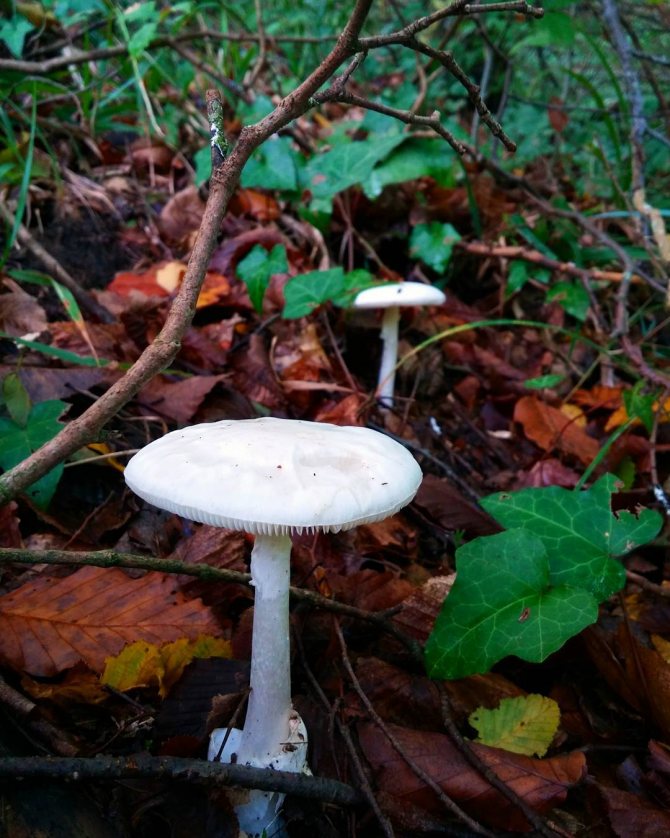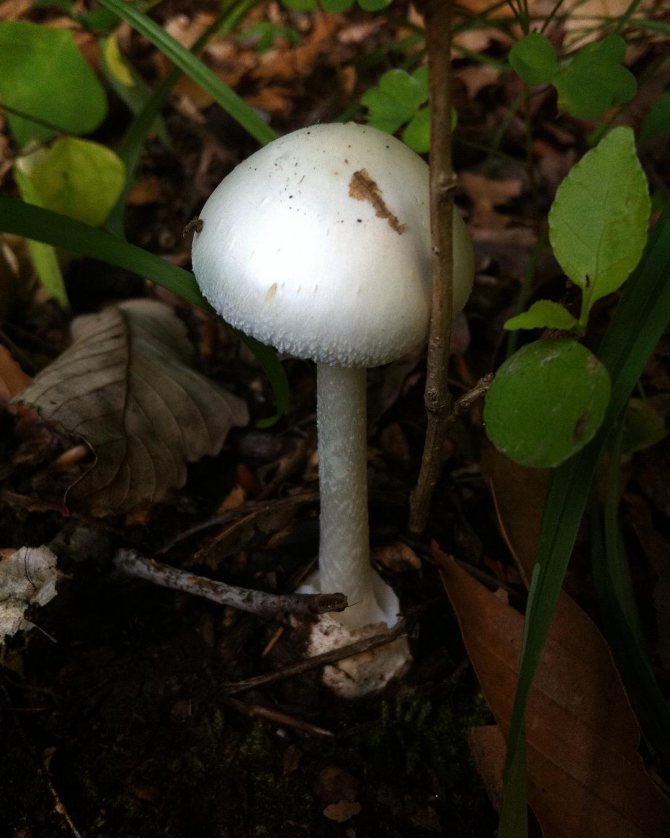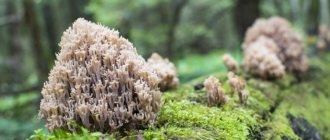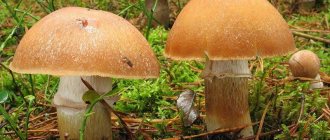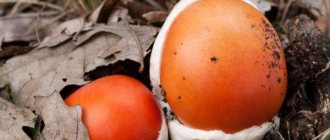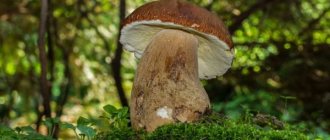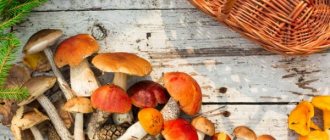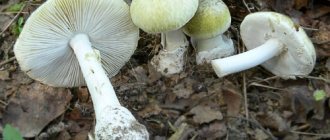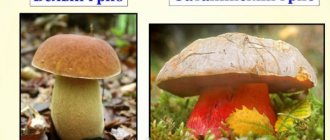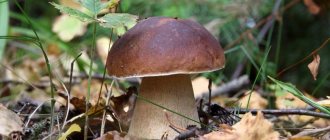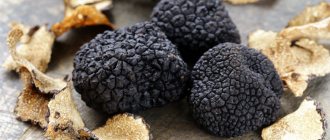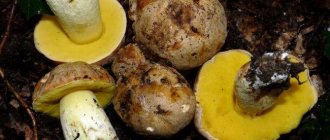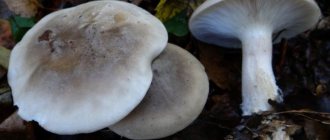Fly agaric species
Amanita is a genus of mycorrhizal lamellar fungi of the amanite family. The same name is used for a mushroom with a red cap with a white speck. Amanita is a poisonous mushroom. The Latin name for the genus of mushrooms is Amánita. There are more than 600 species in the fly agaric family. There are several variants of the taxonomy of these fungi, the most famous are the classification of E. Gilbert, Garsens, Jenkins. In the modern scientific community, R. Singer's system is the most authoritative.
The color of the fly agaric depends on its type. Hats of different types can be red, yellow, white, green, brown, orange. The most famous are red fly agaric, pale grebe, stinky fly agaric, royal fly agaric, Caesar mushroom.
Existing varieties
More than 600 different species of amanita live in the surrounding world. Amanita mushrooms grow, where ordinary mushrooms are: in deciduous and coniferous forests, they are found even in cold regions (tundra). Along with the well-known red fly agaric, there are other varieties of it, differing in appearance and hats of red, white, green, orange and other colors.
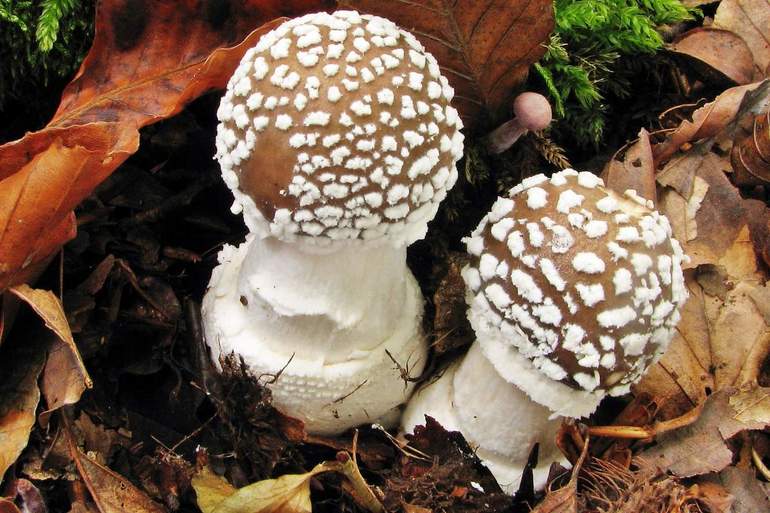
More often than others occur in nature:
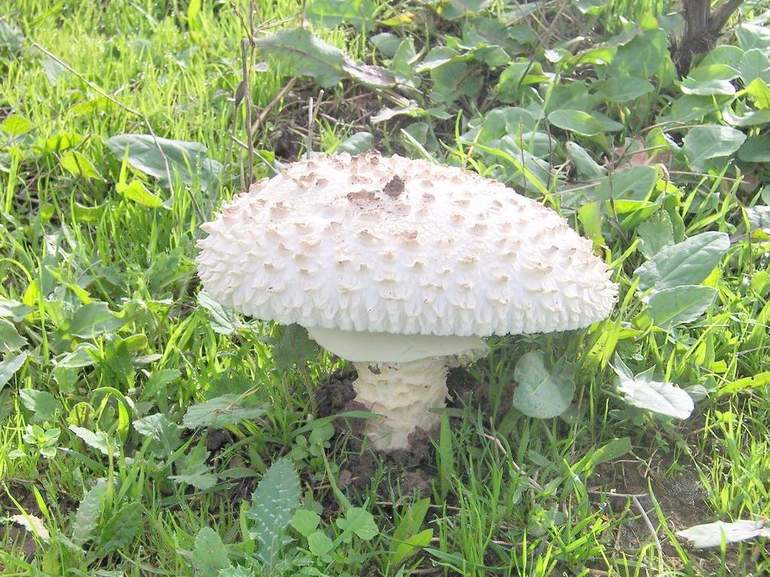

- Panther fly agaric. They are brown in color. Their flesh is white, the smell is unpleasant (like a black radish). The size of their caps, the height of the porous cylindrical legs are in the range of 5-12 cm.
- Amanita muscaria (yellow pale toadstools). They have a white hemispherical cap covered with snow-white specks and an unpleasant odor.
- Rough fly agaric. These mushrooms have a thick stem. They are small, fleshy, yellowish (olive) in color. At a young age, they have a round hat, similar to a ball; in adult specimens, it acquires a flat shape with slightly curved edges. The flesh of these mushroom specimens, when cut from white, turns yellow. Her smell, unlike other varieties, is quite pleasant.
- Royal fly agarics. These are large mushrooms with a brown (olive) 20 cm cap covered with yellow flakes. Their flesh has a colored yellow-brown color, which does not darken during cutting of the mushroom. Such a mushroom variety, when poisoned, can cause severe hallucinations.
- Amanita muscaria (fat, bristly). The round shape of the hat of young mushrooms turns into a fleshy umbrella hat in adults. It is white in color and covered with gray dots. A distinctive feature of these mushrooms is a white leg with a thickening in the middle, scaly at the base. Plates of adult specimens are pink in color. The flesh of these mushrooms is dense, the smell is pungent. Such fly agarics are highly poisonous, and cause poisoning after heat treatment.
- White stinky fly agarics. Very toxic. They are clearly different from the classic bright and spotted specimens. Their hat has a white color, there are no specks on it. Its diameter is from 5 to 11 cm, the shape is conical with a sharp, often deformed tip. When broken, the cap emits an unpleasant odor similar to bleach. The stem of the mushroom reaches a height of 11-15 cm. Often located plates are gray or white.
Amanita: description and photo
Amanita is a rather large mushroom with a fleshy body and leg.In young specimens, the cap has a domed shape, and in the process of growth it opens in the form of an umbrella. The fly agaric leg is widened towards the base, easily detached from the cap. Above the leg is framed by a "skirt" - the remains of the shell, in which very young individuals are enclosed. Amanita cap color can vary depending on the type of fly agaric, place of growth and age. Amanita mushroom propagates by spores that look like a white powder.
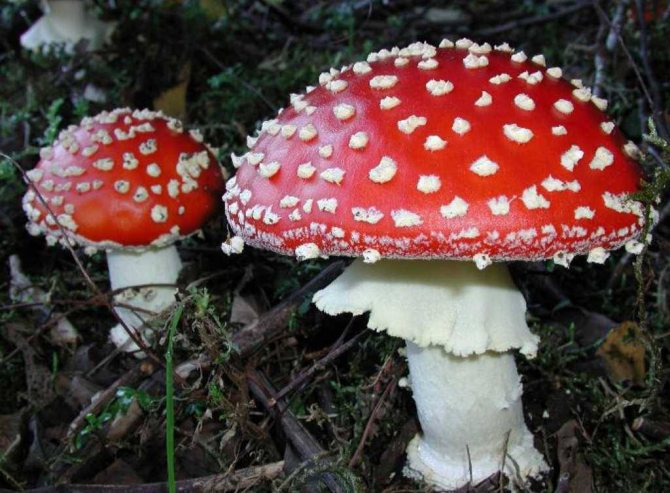

How not to confuse edible mushrooms with a dangerous fly agaric
White float, champignons, white umbrella mushroom, white russula - all these healthy and tasty mushrooms can be confused with white amanita. The consequences of such a mistake are fatal. Poisoning with this species of fly agaric is deadly, and often even doctors are unable to help cope with it. Therefore, during a quiet hunt, it is necessary to be patient and pedantry, carefully study, consider, even sniff out if necessary, because this can save the mushroom picker and his family's life.
White float belongs to conditionally edible mushrooms, that is, meeting with it does not threaten irreversible health consequences. The first sign that distinguishes it from the white fly agaric is the absence of a ring. In addition, the float has a noticeably ribbed edge, rather than a ribbed one, as in its dangerous “relative,” and a wide free volva (the remainder of the mushroom veil at the base of the leg).
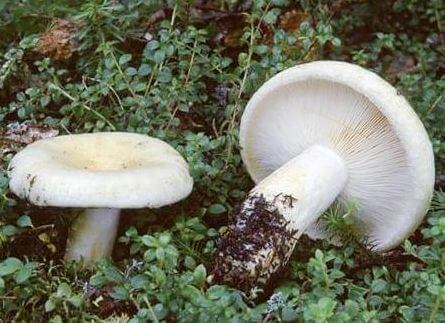

As for the absolutely edible white "umbrella", it has no Volvo at all, and the leg is tough and fibrous. In addition, the white fly agaric can only be found in wooded areas with an abundance of shade, and the white umbrella mushroom loves open meadows and pastures, forest edges and meadows.
Forest mushrooms also have their own characteristic features - they can be distinguished by the rich light pink color of the plates and the absence of an unpleasant odor. Their stalk is usually thicker than the stalk of an inedible mushroom.
The white russula is given by the absence of a ring on the leg, which, moreover, is thicker than that of the fly agaric. The plates of the white russula are more brittle. The russula also lacks the volva, which often remains in the ground in fly agarics. The russula itself is smooth, without scales.
All these signs are complemented by one more - the smell. The characteristic smell of bleach will immediately betray the impostor - white fly agarics smell intensely of this substance.
Is it possible to eat fly agarics?
To be fair, it should be noted that edible amanita is also found in the forests. In the Mediterranean, the Caesar mushroom (Amanita Caesar) grows, which was considered a delicacy in ancient times. The Roman general Lucullus, a recognized gourmet, ordered to serve it as the main dish at his feasts. And yet, experts do not recommend experimenting with your health and eating fly agaric, although in some Asian countries this mushroom is loved.
The value of red fly agaric for animals
Some species of herbivores and predatory animals eat fly agarics. This mushroom is especially loved by deer and elk. In addition, these fruiting bodies are included in the diet of squirrels and bears. The poisons contained in the fruit are not dangerous for these representatives of the forest fauna. It has not yet been established why animals consume these poisonous mushrooms.
Some researchers believe that ungulates use this mushroom for medicinal purposes.
Digestive upset, expressed by diarrhea, allows deer and elk to remove worms from the body. Perhaps the substances contained in this fruit body contribute to the improvement of the condition of the digestive system.
In addition, deer and moose use these mushrooms to enhance the body's defense mechanisms. Perhaps ungulates and bears are attracted by vitamins and minerals, which are found in large quantities in the fruiting bodies of this fungus. When observing animals that ate these poisonous fruits, it was not revealed that the mushrooms have psychotropic effects on ungulates. Even such small creatures as squirrels can eat these fruits without harm.
Where do fly agarics grow?
It is very easy to find a fly agaric in the forest. This beautiful, but poisonous mushroom is found almost everywhere, its varieties are found even in Australia. In Russia, fly agaric grows in both coniferous and deciduous forests. Amanita muscaria can also be seen in the tundra, among dwarf birches. Amanita mushrooms grow both in groups and singly. The growing season is quite long: from early summer to November.
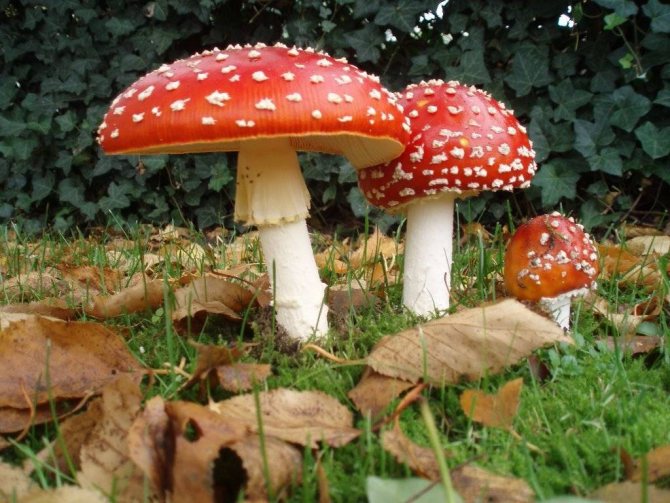

Composition and properties
- There are several types of toxins in the fly agaric body, which are mainly located in the cap and in its skin. At the same time, the leg has a lower content of such substances.
- Amanita mushroom contains highly toxic alkaloids, such as: betanin, muscimol, trimethylamine, muscarine, ibotenic acid, choline, muscaridin, mushroom tropintoxin, porescin, enzymes, essential oil, chitin, xanthine.
- The hallucinogenic properties of this mushroom are responsible for its toxicity. The first studies of the red fly agaric were found in the composition of the fly agaric muscarine alkaloid, similar in properties to acetylcholine. From the influence of this component, one can observe a sharp narrowing of the pupils, a slowdown in the pulse, an interruption in breathing, a drop in blood pressure and a clear deterioration in the general condition.
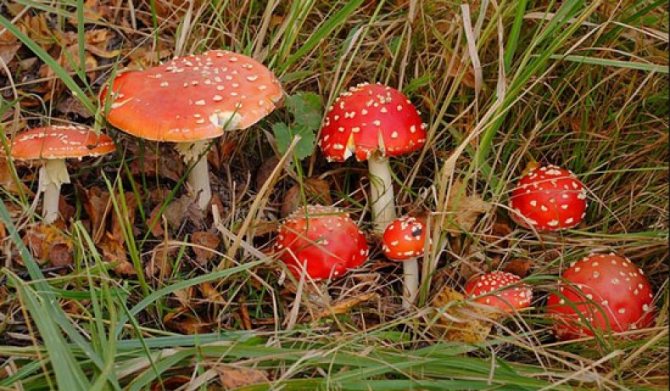

Why was the mushroom named fly agaric?
In Russia of past centuries, fly agaric was used for its intended purpose - as an insecticide. On windowsills and furniture, hats sprinkled with sugar were laid out to attract flies, mosquitoes and other harmful insects. The product worked just as well as modern aerosols. This is where the name of the mushroom comes from.
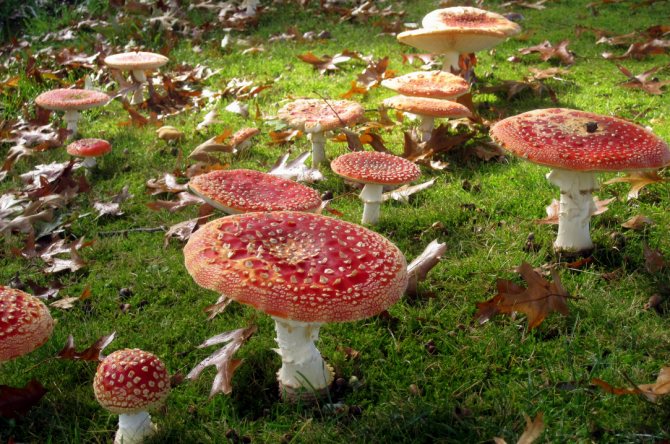

Helpful tips for choosing
- Most of the benefits, as well as harmful components, are contained in the mushroom cap. This is the part of the fly agaric that must be complete and not touched by insects.
- When drying the caps of fly agarics, you need to remove the plates from them, and only then string them on a thread.
- The use of fly agarics by people with poor digestion should be avoided.
- When creating ointments and other medicines from this mushroom, you should avoid using metal utensils.
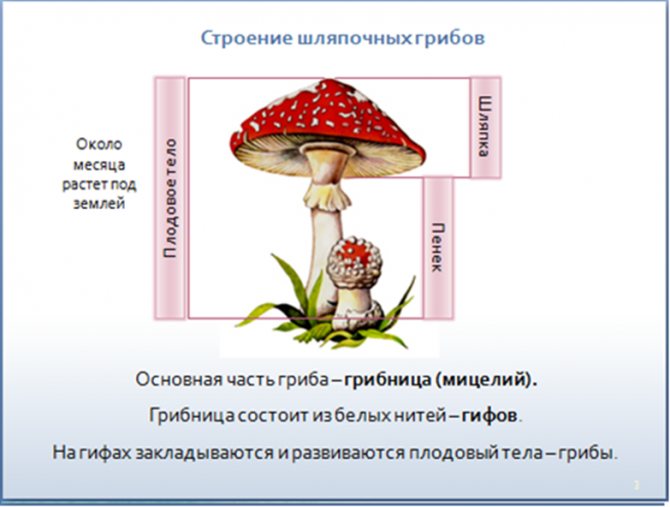

Why is fly agaric useful?
Amanita, the medicinal properties of which were discovered long ago, is used in medicine for medicinal purposes. For the preparation of medicinal tinctures, only hats are used. The list of diseases in which tinctures, extracts and ointments from fly agarics are used is quite extensive: arthritis, gout, various tumors, eczema, rheumatic pains. Treat with infusions and diseases of the digestive tract, diabetes mellitus. In addition, forest fly agarics help rejuvenate the body and restore energy. In France, an extract from these mushrooms is used to treat insomnia.
Amanita (float) yellowish brown (brown)
The cap is 3-8 (12) cm in diameter, initially bell-shaped, then hemispherical or flat with a rounded tubercle, smooth, slightly slimy, with a striped-ribbed edge, golden brownish, yellowish-brownish, with a brown, darker central tubercle of color tanned skin, along the edge with flaky, silvery-silky, yellowish remnants of the common veil, disappearing in a mature state. The plates are white or creamy, loose, wide, frequent, soft, convex. Leg 5-10 (15) x1-1.5 cm, cylindrical, widened towards the base, white or of the same color with a cap, brittle, smooth, silky or slightly fibrous, sometimes with a moire pattern. The ring is missing. Volvo is saccular, loose, yellowish, pinkish or reddish. Spore powder is white. The pulp is white or yellowish, thin, soft, sweetish, without a special smell.
Amanita muscaria (brown float) grows in various types of forests, at the edges of raised bogs, occurs in July - September. Edible.
Application and benefits
Amanita is collected during the entire growing season. Only hats of a dark color are taken, rounded and even.Cut lengthwise, the mushrooms are dried in the oven at a temperature not exceeding 50 °. If the caps of fly agarics are large, it is advisable to pre-dry them in the open air. Store dried mushrooms in a sealed container in a dark, dry place. Medications made from fly agaric should only be taken under the supervision of a homeopathic physician.
External use always gives a good healing effect. Amanita in the forest is the first remedy for wound healing. To do this, you just need to take a hat, knead it and bandage it to the affected area. In less than 2 hours, the wound will begin to heal.
When using fly agaric, you should always remember that this mushroom is deadly poisonous! All mushrooms collected for storage, as well as preparations from them, must be kept in signed containers on the far shelves. Children and pets must not have access to them. If there are signs of fly agaric poisoning or even suspicion of it, you should urgently seek medical help.
White toadstool poisoning: symptoms
White toadstool poisoning in some cases is similar in its manifestations to the symptoms of ordinary food poisoning. But in terms of severity, mushroom intoxication is the most dangerous for human life.
Important! If at least one white toadstool gets into the basket with edible mushrooms, all mushrooms must not be eaten!
Symptoms of stinking fly agaric poisoning do not appear immediately - 8-24 hours after ingestion of the poisonous mushroom. Unfortunately, by this time, the victim's body has already suffered serious damage - the poison causes significant destruction of the liver and disrupts the functioning of the kidneys.
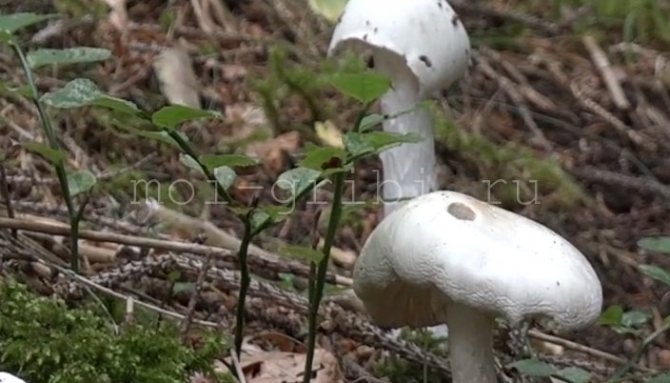

The patient develops nausea, vomiting, sharp abdominal pains, thirst, general weakness, and severe salivation. In especially severe cases, convulsions, delirium, hallucinations, diarrhea, tachycardia and, ultimately, coma occur.
The period of the so-called false improvement in the patient's condition is very dangerous - on the second or third day, the victim becomes noticeably better, but real recovery does not occur and the disease progresses.
The likelihood of death from white toadstool poisoning is very high.
Even for a healthy young person who does not suffer from chronic diseases, the poison of the stinking fly agaric is life-threatening. It is even worse if the poisoned person has cardiovascular pathologies - it is much more difficult to save the patient in such a situation.
It is very sad that the most frequent poisoning with stinking fly agaric is observed among children.
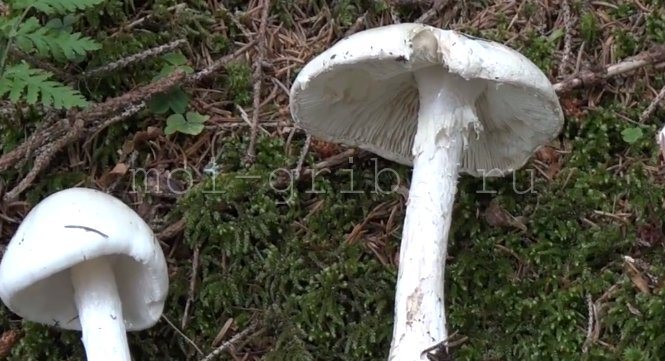

How to help with poisoning?
In case of poisoning with white toadstools, it is extremely important to help the patient as quickly as possible. Even if the symptoms of poisoning are initially mild, you need to immediately call an ambulance.
Before her arrival, you should clear your stomach: drink 2 liters of water and induce vomiting. It is necessary to take activated carbon at the rate of 1 gram per 1 kilogram of weight.
The sooner the patient is taken to the hospital, where he will receive anti-toxic therapy, the more favorable the prognosis for recovery will be.
Folk remedies for white toadstool poisoning
- Protein water is used for first aid. In 1 liter of water, beat 3 egg whites and give the mixture to the patient. Drink often, in small portions. This slows down the absorption of toxic substances into the blood. Instead of water, you can use milk or whey.
- In oriental medicine, the most popular remedy for mushroom intoxication is potato juice.
- Dill broth with the addition of honey is also used in folk medicine for mushroom poisoning (1 tablespoon seeds per 1 glass of water).
Important! It should be remembered that all of the above means are only suitable for providing first aid. A person who has poisoned with white toadstools should be taken to the hospital as soon as possible!
Interesting Facts
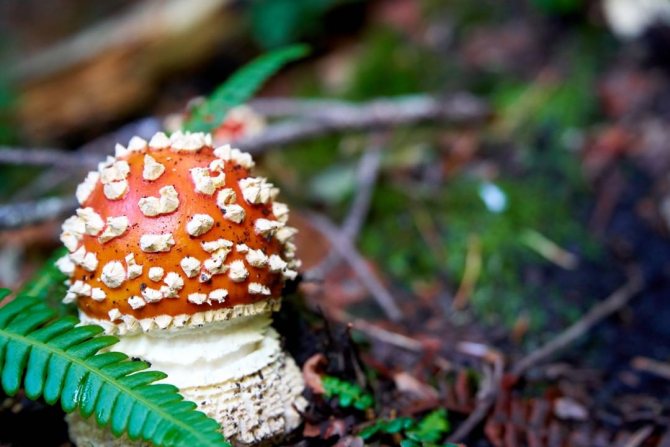

- The name of this species and other representatives of the genus "Amanita" came about due to the main method of its use. In the old days (starting at least from the 13th century), the pulp was used to kill flies, so the name of the mushroom literally means "rampant death of flies."
- Interestingly, flies do not die because of the poison itself, but because of the water that accumulates on the surface of the cap after rain. They drink it, then fall asleep due to "intoxication" and simply drown in this liquid. If you put it on a dry surface at the same time, it will wake up after 10-12 hours and fly away.
Amanita muscaria contains psychoactive substances that have an intoxicating effect on a person and literally change consciousness:
- Ibotenic acid
- Muskazon
- Muscarine
- Muscimol
Often, these substances allow you to enter a state of trance, due to which the fly agaric was used for a long time by shamans of Siberia for conducting religious rituals.
Growing at home and in the country
If there are no forests in your region, and fly agarics are needed to create medicines, then theoretically they can be grown. To do this, you need to collect spores in the forest and sow in prepared soil. Growth will begin in a few years.
A brief process for growing fly agaric looks like this:
- First of all, it should be borne in mind that special conditions will be needed to breed these mushrooms. Amanita forms mycorrhiza with birch, spruce, aspen, oak and other deciduous and coniferous trees. Prepare the soil for sowing or purchase a special substrate.
- Sow the spores (mycelium) by moistening the soil with water. The necessary moisture level of the mycelium should be constantly maintained so that the growth is successful.
- It can take several years to breed fly agarics. Failures are also possible due to extreme temperatures, frost, overflow, or, conversely, a dry season. But this species demonstrates a high degree of adaptability to almost any habitat.
Edibility
It is a poisonous mushroom that should not be consumed in any form. Cases of fly agaric poisoning are extremely rare, since the mushroom can be easily distinguished from edible ones by a bright red cap with white tubercles over the entire surface.
Fatal outcomes are practically not observed: the lethal dose for a person is about 15 caps.
At the same time, the toxic effect is noticeably reduced after repeated cooking of the pulp for several cycles. However, even after such careful processing, a person may experience symptoms of mild food poisoning (nausea, vomiting, dizziness, general weakness, and others).

